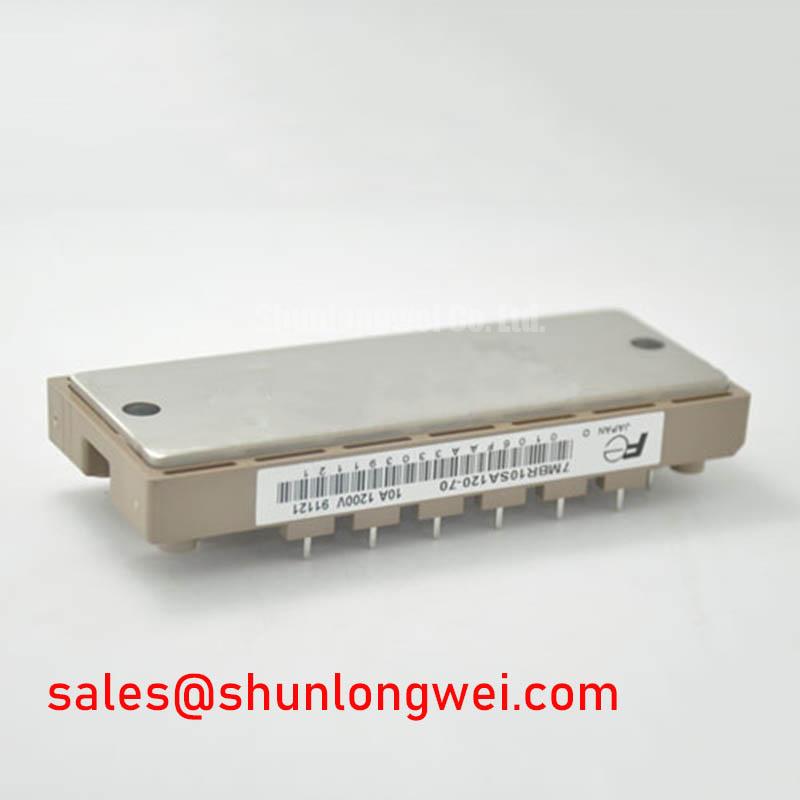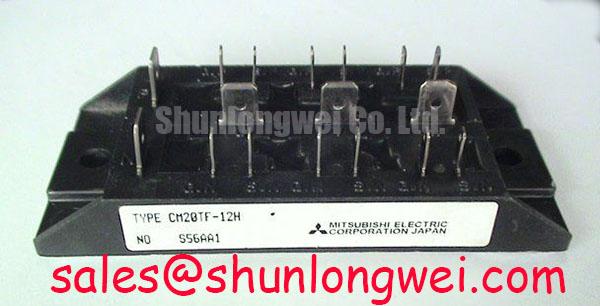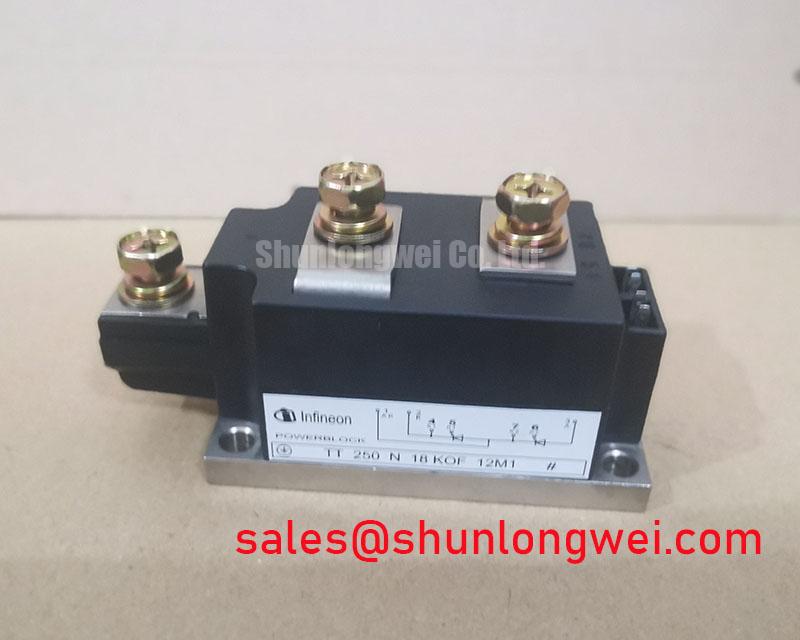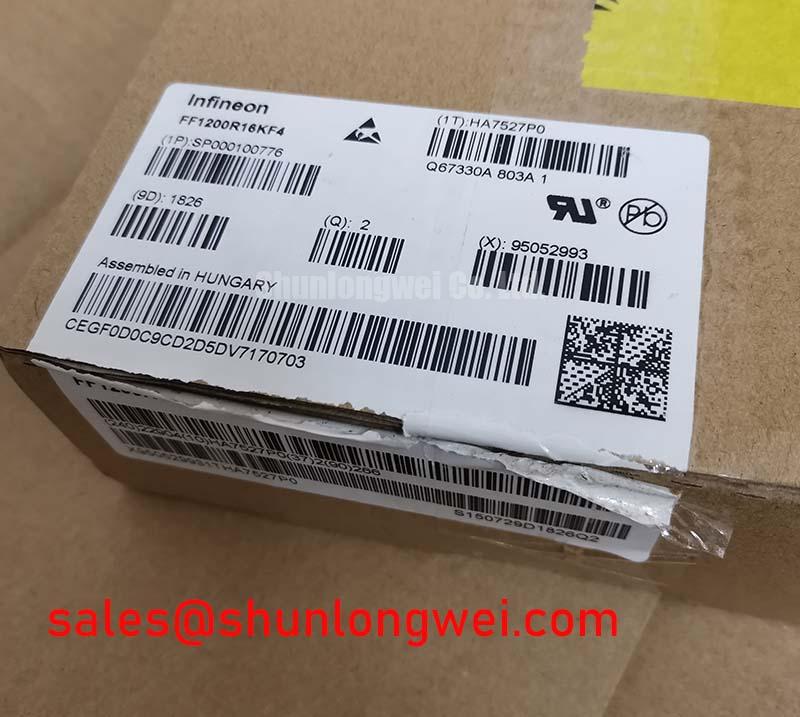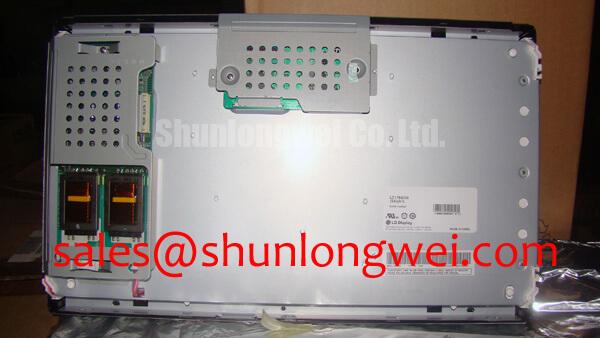Fuji Electric 7MBR10SA120-50: A Compact 7-in-1 IGBT Module for Low-Power Drives
Content last revised on October 12, 2025.
Introduction to the Integrated Power Solution
The Fuji Electric 7MBR10SA120-50 is a highly integrated Power Integrated Module (PIM) designed for superior thermal efficiency and reliability in compact, low-power industrial applications. This module consolidates a three-phase converter, a brake chopper, and a three-phase inverter into a single package, offering key specifications of 1200V and 10A (15A max). Its principal advantages are low saturation voltage (VCE(sat)) and a space-saving design, which directly address the engineering challenge of managing heat in dense power conversion systems. What is the impact of its integrated thermistor? It provides a direct path to real-time temperature monitoring, enabling crucial over-temperature protection. For low-power AC motor drives requiring a balance of performance and footprint, this module delivers a robust and efficient solution.
Application Scenarios & Value
System-Level Benefits in Compact Motor Control
The 7MBR10SA120-50 is engineered for low-power applications where efficient thermal management and space are critical design constraints. A prime application is in small Variable Frequency Drives (VFD) used for conveyors, fans, and pumps in automated logistics or HVAC systems. In these environments, control cabinets are often crowded, making heat dissipation a primary concern. The module's low VCE(sat) of 2.1V (typical) directly translates to lower conduction losses during operation. This is analogous to using a thicker wire to reduce electrical resistance; the lower VCE(sat) minimizes the energy wasted as heat, easing the burden on the cooling system. This allows engineers to specify smaller heatsinks or rely on convection cooling, reducing both the physical size and the bill of materials for the final product. For systems requiring higher current handling capabilities for more demanding motor loads, the related 7MBR25SA120-50 offers a similar 1200V rating with a 25A current capacity.
Key Parameter Overview
Decoding Specifications for Efficient Power Conversion
The technical specifications of the 7MBR10SA120-50 are tailored for reliability and efficiency in its target applications. The following table highlights the critical parameters based on the official datasheet.
| Parameter | Symbol | Condition | Value | Unit |
|---|---|---|---|---|
| Collector-Emitter Voltage | VCES | - | 1200 | V |
| DC Collector Current (Inverter) | IC | Tc=80°C | 10 | A |
| Gate-Emitter Voltage | VGES | - | ±20 | V |
| Collector-Emitter Saturation Voltage | VCE(sat) | IC=10A, VGE=15V | 2.1 (Typ) / 2.7 (Max) | V |
| Total Power Dissipation (Inverter) | PC | Tc=25°C | 75 | W |
| Junction Temperature | Tj | - | 150 | °C |
Download the 7MBR10SA120-50 datasheet for detailed specifications and performance curves.
Industry Insights & Strategic Advantage
Meeting the Demands of Industrial Automation and Energy Efficiency
The design philosophy of the 7MBR10SA120-50 aligns with two significant industry trends: the proliferation of automation in smaller-scale industrial settings and the increasing stringency of energy efficiency regulations. As factories and commercial buildings adopt more sophisticated automation, the demand for compact, reliable, and efficient motor drives grows. This module's high level of integration simplifies the design of the inverter stage, reduces component count, and minimizes PCB real estate. This contributes to a faster design cycle and lower manufacturing costs. Furthermore, the low VCE(sat) characteristic is not merely a technical detail; it is a direct contributor to meeting energy efficiency standards, such as those set by the Ecodesign Directive in Europe, by minimizing wasted energy in the power conversion process.
Frequently Asked Questions (FAQ)
What is the primary benefit of the low VCE(sat) in the 7MBR10SA120-50?
The low collector-emitter saturation voltage (VCE(sat)) of 2.1V typical directly reduces conduction losses, which means less heat is generated during operation. This allows for smaller heatsinks, higher power density, and improved overall system efficiency, particularly in enclosed or space-constrained applications like small VFDs.
What is the function of the integrated components in this 7-in-1 module?
This module contains a full power conversion solution. The converter section (diode bridge) rectifies incoming AC voltage to DC. The inverter section (six IGBTs) converts this DC voltage back to a variable frequency AC to control motor speed. The brake circuit (one IGBT) is used to dissipate regenerative energy from the motor during deceleration, preventing overvoltage on the DC bus.
How does the integrated NTC thermistor enhance system reliability?
The built-in NTC thermistor provides real-time temperature feedback from the module's substrate. A gate drive or control system can monitor this feedback to trigger alerts or shut down the system if temperatures exceed safe operating limits, providing critical protection against thermal overload and enhancing the long-term reliability of the motor drive.
Is the 7MBR10SA120-50 suitable for high-frequency switching applications?
While optimized for low conduction losses, this module is part of Fuji Electric's S-Series, designed for general-purpose inverter applications. Its switching characteristics are suitable for typical motor drive frequencies (up to ~15 kHz). For applications requiring significantly higher switching frequencies, designers should carefully evaluate the switching losses (Eon, Eoff) from the datasheet curves to ensure thermal performance remains within limits.
Strategic Outlook for Low-Power Systems
The 7MBR10SA120-50 from Fuji Electric represents a strategic component choice for engineers developing the next generation of compact and efficient low-power systems. By providing a highly integrated, thermally efficient solution, it enables designers to create smaller, more reliable, and cost-effective motor controls and power supplies. This module is not just a collection of switches; it is an enabling technology that addresses core engineering challenges at the heart of modern industrial automation and power conversion, offering a clear path to developing competitive and compliant end-products.

